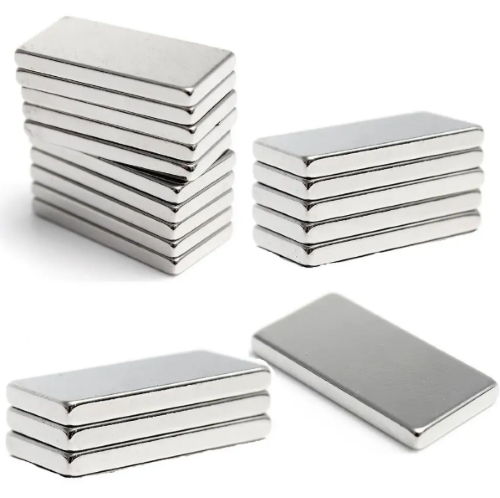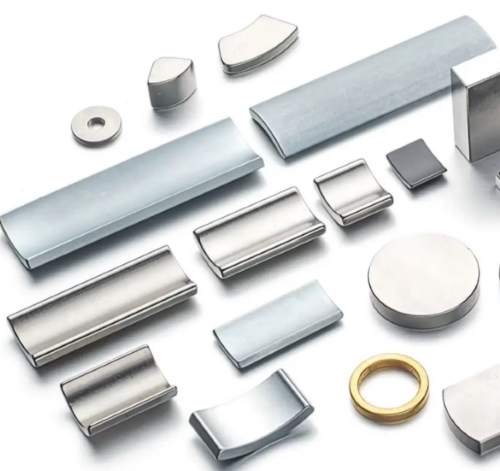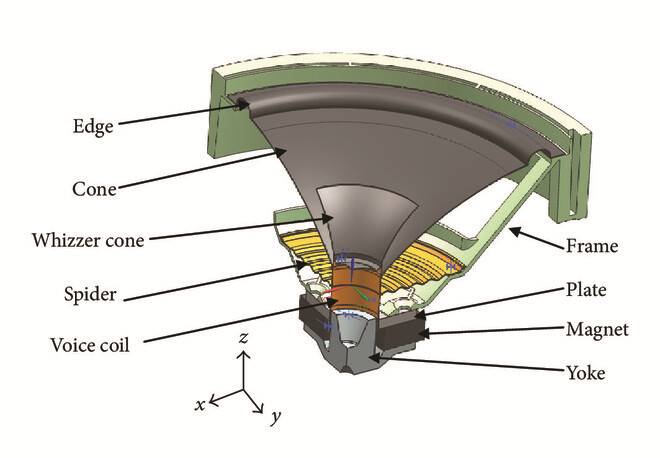Application of Rare Earth Permanent Magnet Materials in Maglev Train
Most of us have heard of maglev trains, but do you know how maglev trains work? The Maglev train is a modern high-tech rail transportation tool. It uses electromagnetic force to achieve contactless levitation and guidance between the train and the track and then uses the electromagnetic force generated by the linear motor to drive the train. Its main technical system principle includes three parts, namely suspension system, propulsion system, and guidance system. The suspension system achieves the levitation effect of the train through the principle that the magnets of the same name repel each other while the magnets of different names attract each other. The propulsion system uses permanent magnet synchronous traction motors to keep the train moving in a straight line. So what material are these magnets made of? Among them, the most important are rare earth permanent magnet materials.
 Application of Rare Earth Permanent Magnet Materials
Application of Rare Earth Permanent Magnet Materials
Rare earth permanent magnetic material is an alloy of mixed rare earth metals of samarium and neodymium and transition metals, which is pressed and sintered by powder metallurgy and magnetized by the magnetic field. It is mainly divided into rare earth cobalt-based permanent magnet material and rare earth iron-based permanent magnet material. They all have the following characteristics:
1. High magnetic properties, such as high magnetic energy product;
2. Linear demagnetization characteristics: their demagnetization curve is basically a straight line, the recovery line coincides with the demagnetization curve, and the reversible permeability is close to 1.0;
3. High-temperature resistance: the Curie temperature of sintered cobalt-based rare earth permanent magnets can reach 850 degrees Celsius, so they can work in high-temperature environments;
4. Good temperature stability.
Because of their excellent permanent magnet characteristics, rare earth permanent magnet materials are widely used in maglev trains. Permanent magnet synchronous traction motors, that is, the propulsion system of maglev trains, often use samarium-cobalt permanent magnets or neodymium iron boron permanent magnets.
The maximum energy product of samarium-cobalt permanent magnets can reach 35MGOe, the Curie temperature is 670~850℃, and the service temperature can be as high as 500℃. However, due to the shortage of cobalt resources, the price is high. Large-scale commercial permanent magnet traction system using the samarium cobalt magnet has great cost pressure. The theoretical maximum energy product of the neodymium iron boron permanent magnet is 64MGOe, but its Curie temperature is 320~460℃, which is used only below 150℃.
Therefore, due to the high cost of manufacturing raw materials and limited-use conditions, the manufacturing cost and operating costs of the maglev train are relatively expensive. How to manufacture permanent magnets with a wider use temperature range at a lower cost will be a big problem for scientific research.
Conclusion
Thank you for reading our article and we hope it can help you to have a better understanding of the application of rare earth permanent magnet materials in maglev trains. If you want to know more about permanent magnets, we would like to advise you to visit Stanford Magnets for more information.
As a leading supplier of magnet products across the world, Stanford Magnets has more than two decades of experience in the manufacture & sale of magnets and provides customers with high-quality rare earth permanent magnetic products such as neodymium magnets, and other non-rare earth permanent magnets at a very competitive price.















